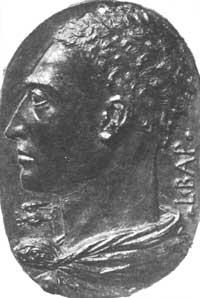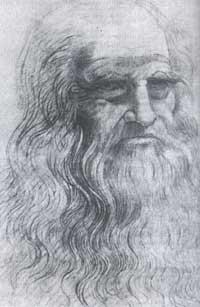Surprising discoveries of the scientific artist
2001/05/01 Galarraga Aiestaran, Ana - Elhuyar Zientzia Iturria: Elhuyar aldizkaria
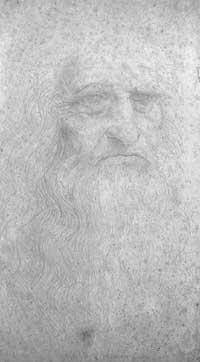
It covered almost all areas of science and art, such as engineering, physics, architecture, mathematics, geology, anatomy, biology, astronomy, painting, sculpture, music and poetry. Although in the Renaissance it was usual not to distinguish specialties, no one reached the height of Leonardo.
The Renaissance was a material and ideological crisis of feudalism. The revolution and the changes that took place in all areas had the joint participation of the plain people and the great thinkers. On the one hand, they fought against the existing social structure and, on the other, called for freedom of investigation and questioned dogmatic and indisputable truths. It was an intelligence revolution against the established and Leonardo da Vinci was one of the most important pioneers in this struggle.
Leonardo da Vinci was born in a village near Florence in 1452 and from a young age he had an interest in nature and painting. As a student of the prestigious painter Andrea del Verrocchio, she began to work in her own style, expressing the shapes of the images through games of chiaroscuro. And in science he also broke his path; he wanted to submit and demonstrate what was known to mathematical and physical rules.
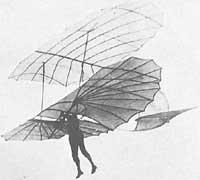
He gave great importance to observation and from a young age he drew flowers, plants, landscapes and people. Thus, in addition to painting, he cultivated botany, geology and anatomy. Using his instinct, he discovered fossils and correctly made sense, that is, that the earth did not arise from day to day, but suffered a history and an evolution. He applied hydrological knowledge in the design of cities, establishing sinks for dirty water and navigation channels.
From a deep observation of nature, he did other works. For example, he pointed out in botany the laws of leaf rotation, tree trunks structure and solar attraction. He studied the human body with the same attention, for example, the descriptions and drawings of the eye and brain are the most accurate so far. Also well-known is the drawing that represents the proportions of the human body according to the laws of geometry.
Knowledge about hydrodynamics had a great influence on anatomical studies. He studied the circulatory system, the respiratory system and the urogenital apparatus as the networks and channels that carry the secretions. He equated veins and arteries with underground currents. In addition, he did work on embryology, explaining how the fetus grows in the amniotic fluid.
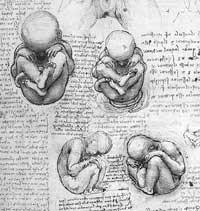
All these works were collected in manuscripts, along with the images drawn in detail. His writing was singular, since he wrote from right to left, that is, to be able to see it normally would have to be placed in front of a mirror.
However, it was perhaps the inventions that most fascinated his contemporaries. The territories that today form Italy were then divided and often at war. To meet the demands of the authorities, Leonardo da Vinci designed a series of military apparatuses, including the anchor of the current tanks and the rapid cannon used by the machine gun system. He also invented and improved numerous transport and shooting mechanisms such as pulleys, catapults and firearms.
But Leonardo's dream was that man could fly. I wanted to design a flying machine, analyzing the anatomy of birds and their movements in the air, take-offs and landings, taking into account air currents. While it may seem incredible, today's planes are based on principles about the flights Leonardo wrote.
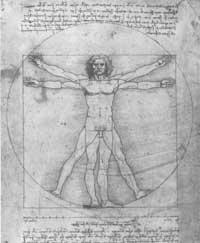
He invented numerous machines: helicopter apparatus, glider, flying gadgets (first with the design of the bat wings and then with that of the dwarf), etc. These projects failed, but their work was not useless, for example, the design of the pyramidal parachute XX. It lasted until the beginning of the 20th century and, above all, advanced some principles of aerodynamics that did not develop until hundreds of years later.
More than one believes that Leonardo da Vinci was the man who faced his time. Many of his inventions have not been mentioned here, such as bicycle, scuba diving, underwater, camera... all the pioneers of what is known today. And, if necessary, that is the most surprising thing: its ability to predict the future, without forgetting of course its artistic works.

Gai honi buruzko eduki gehiago
Elhuyarrek garatutako teknologia



